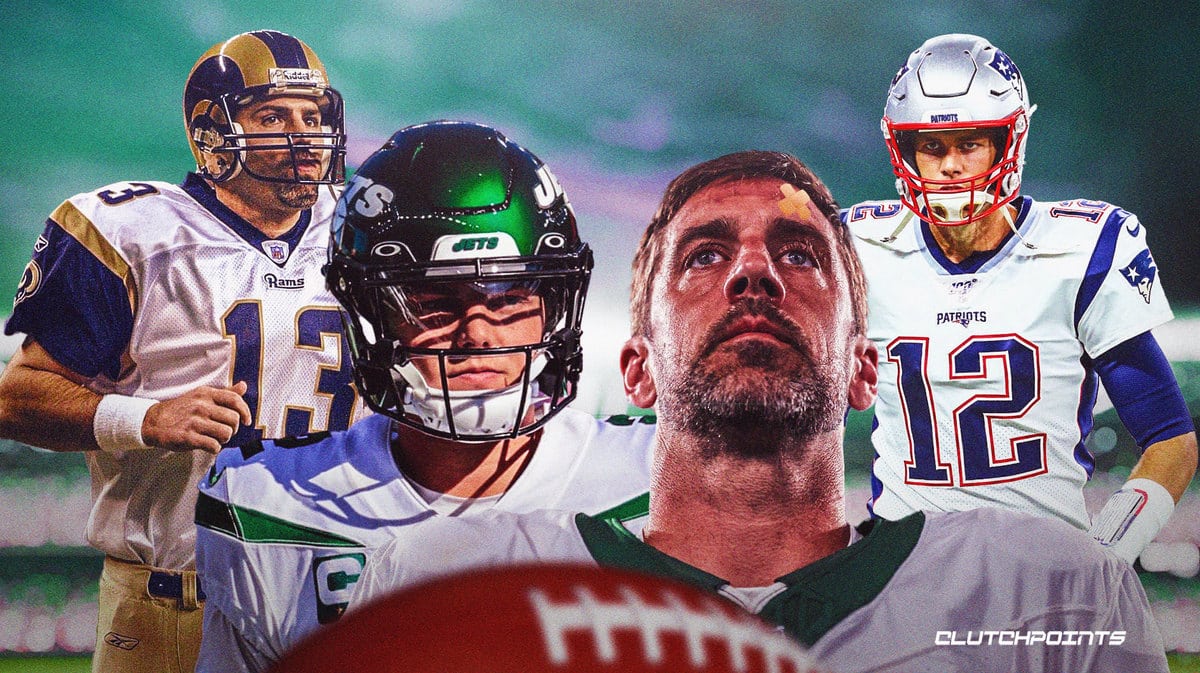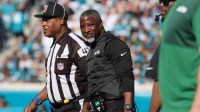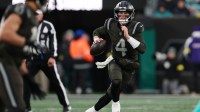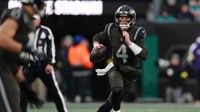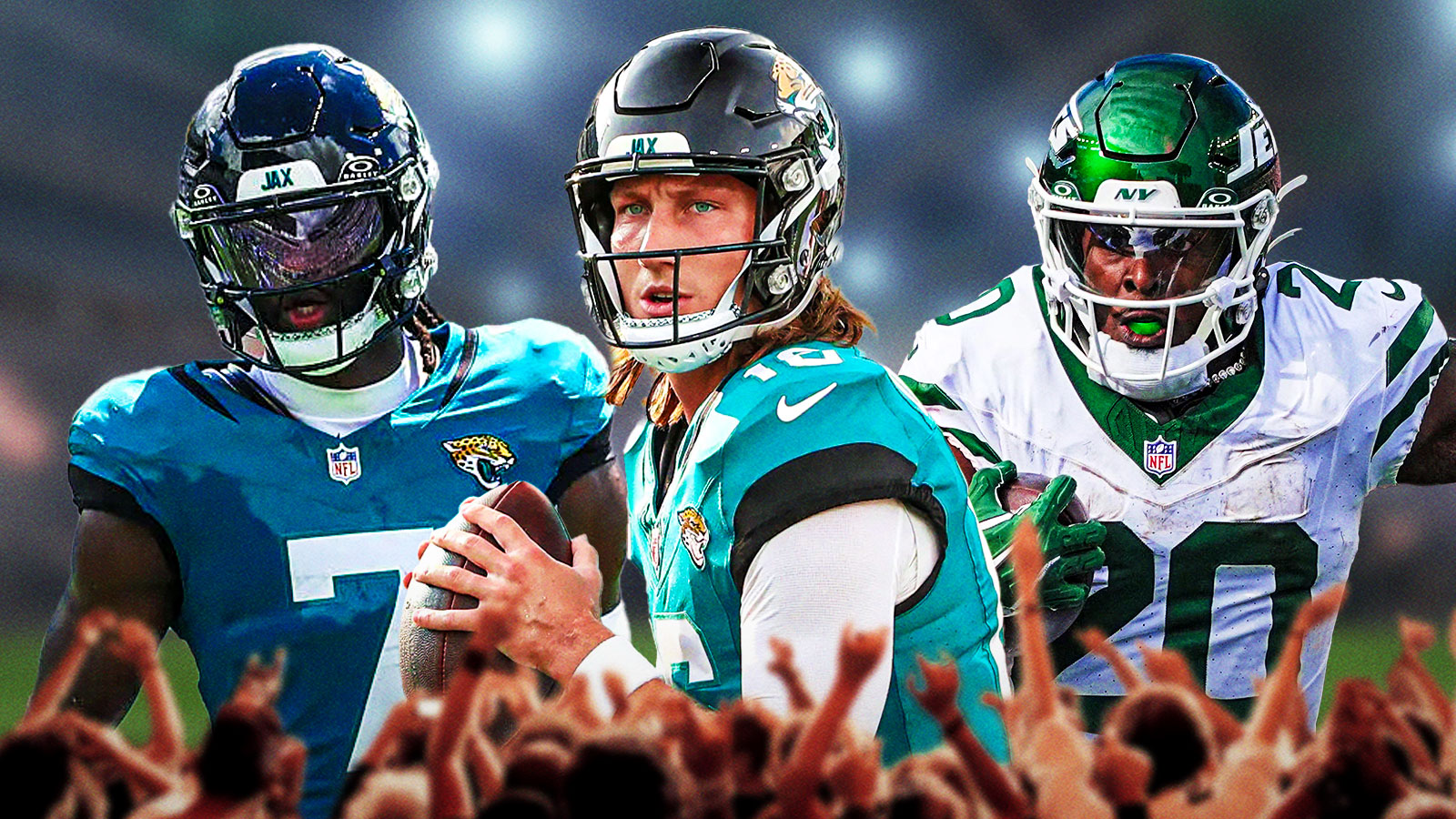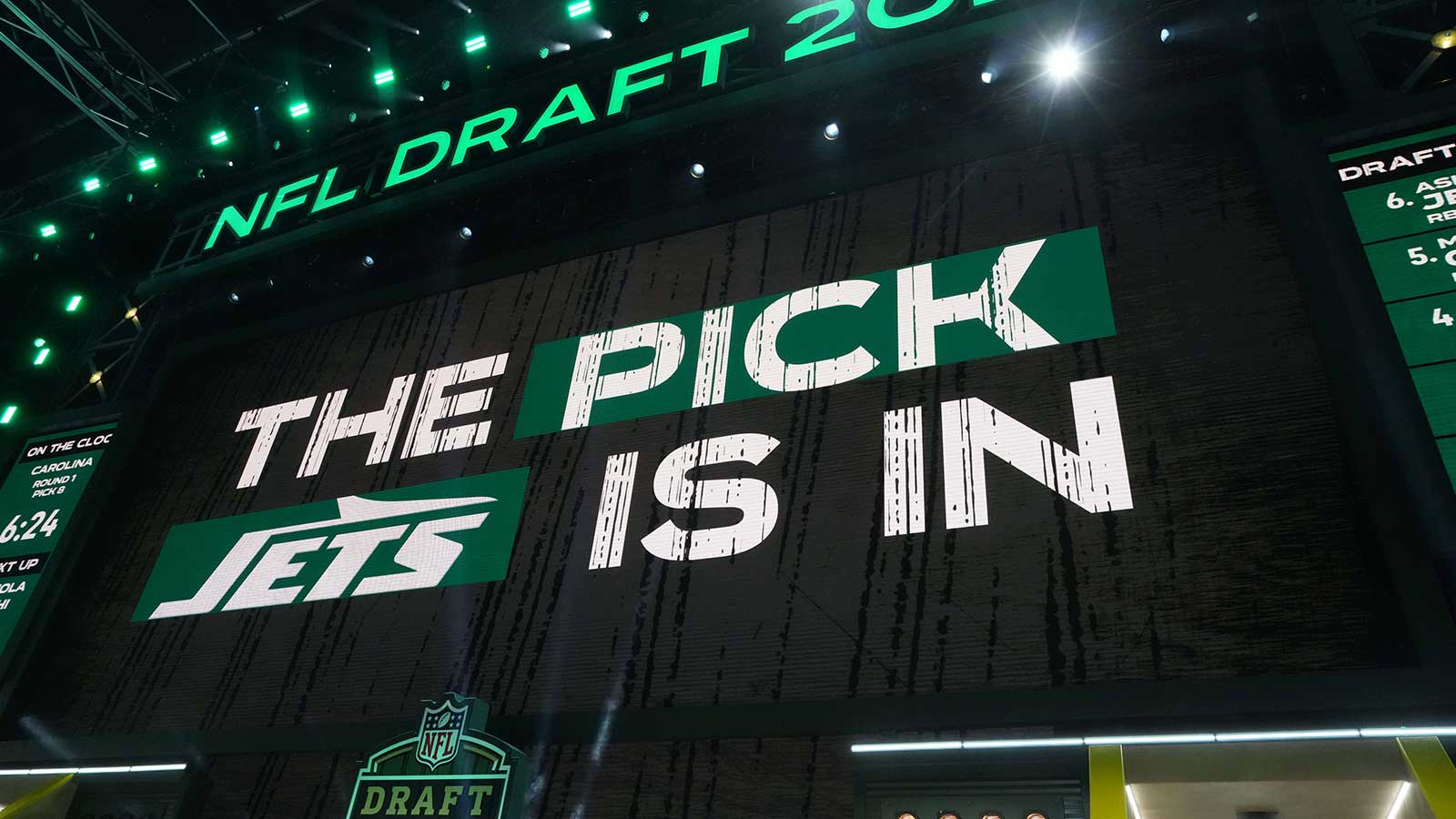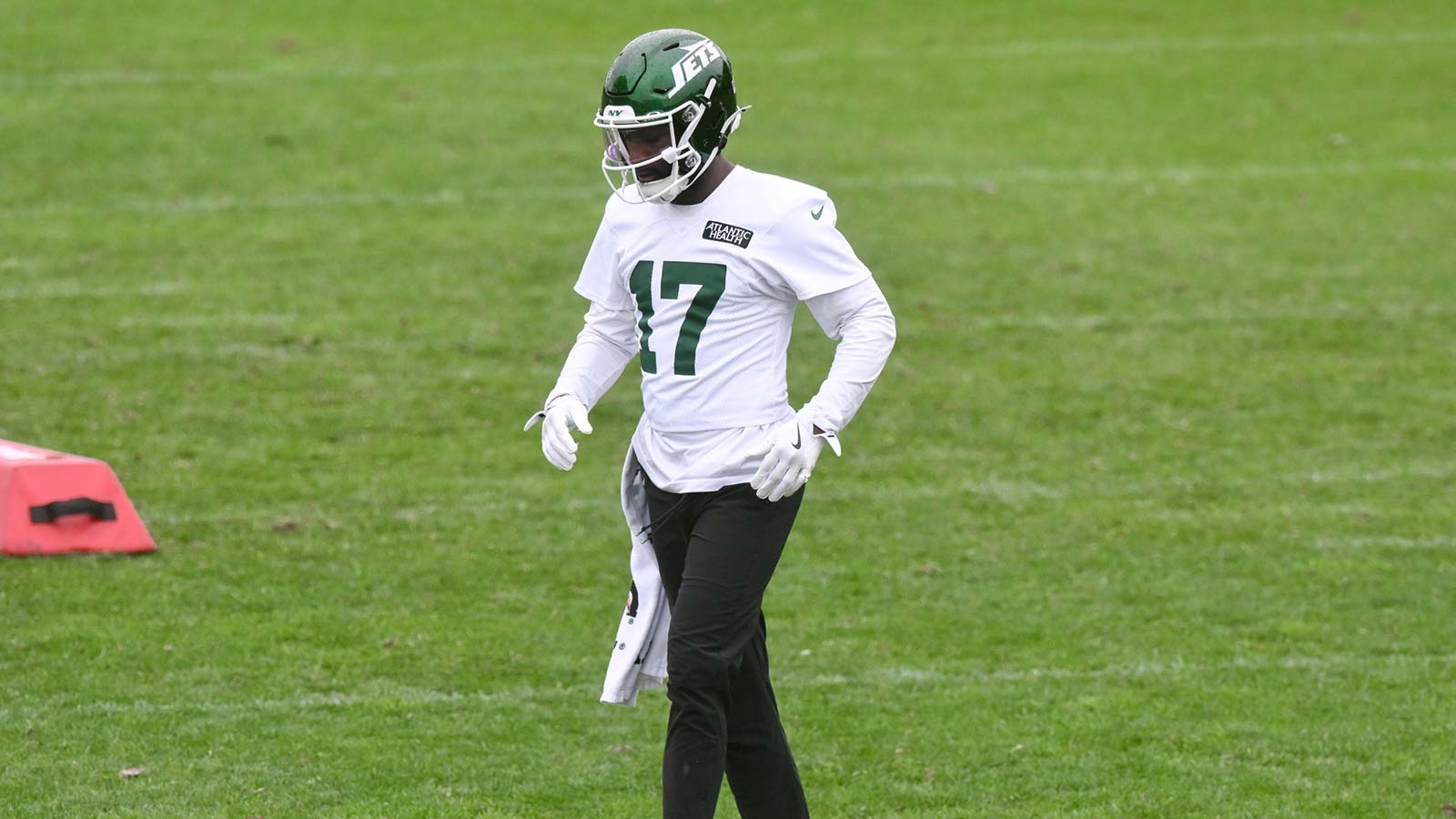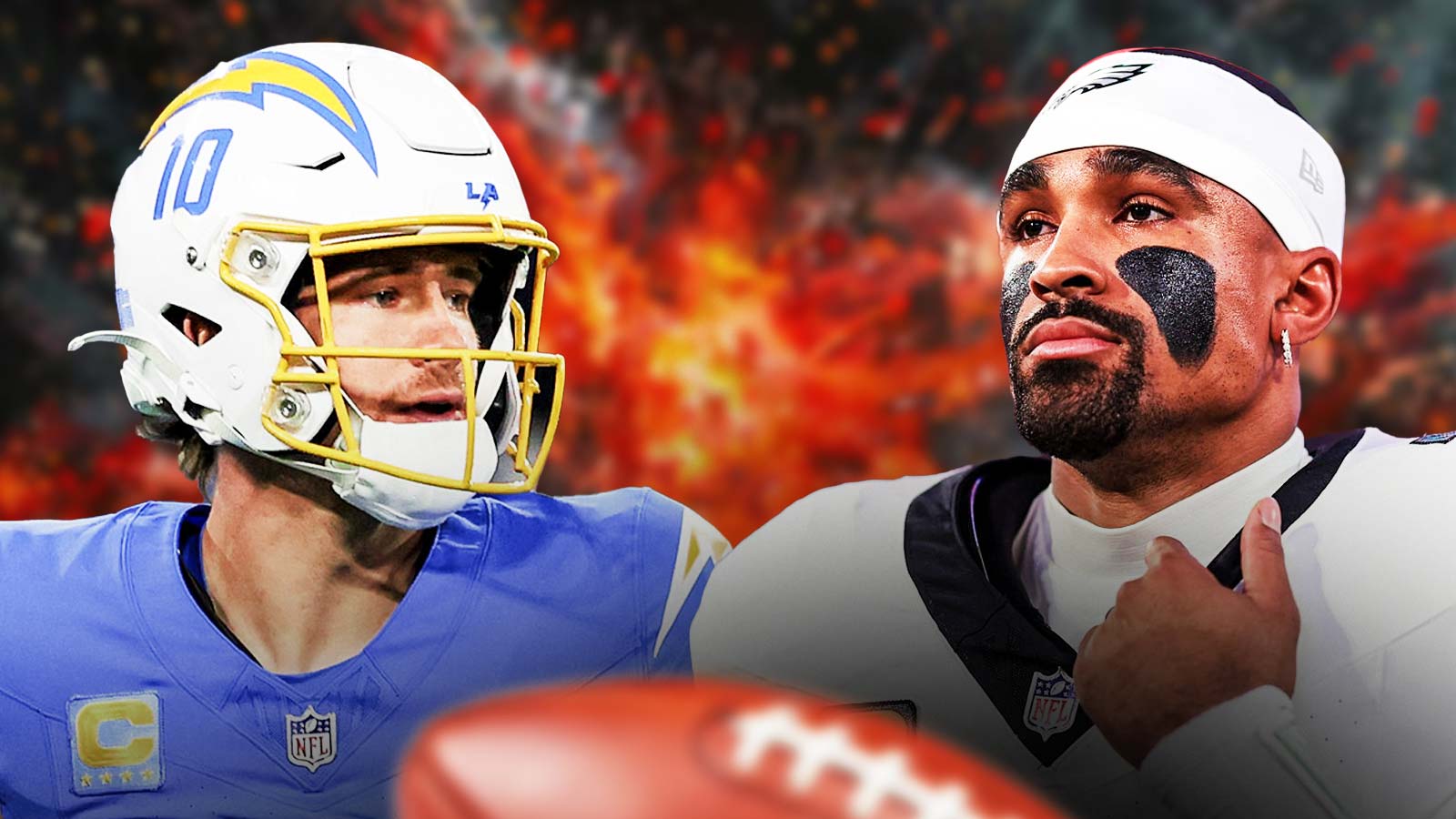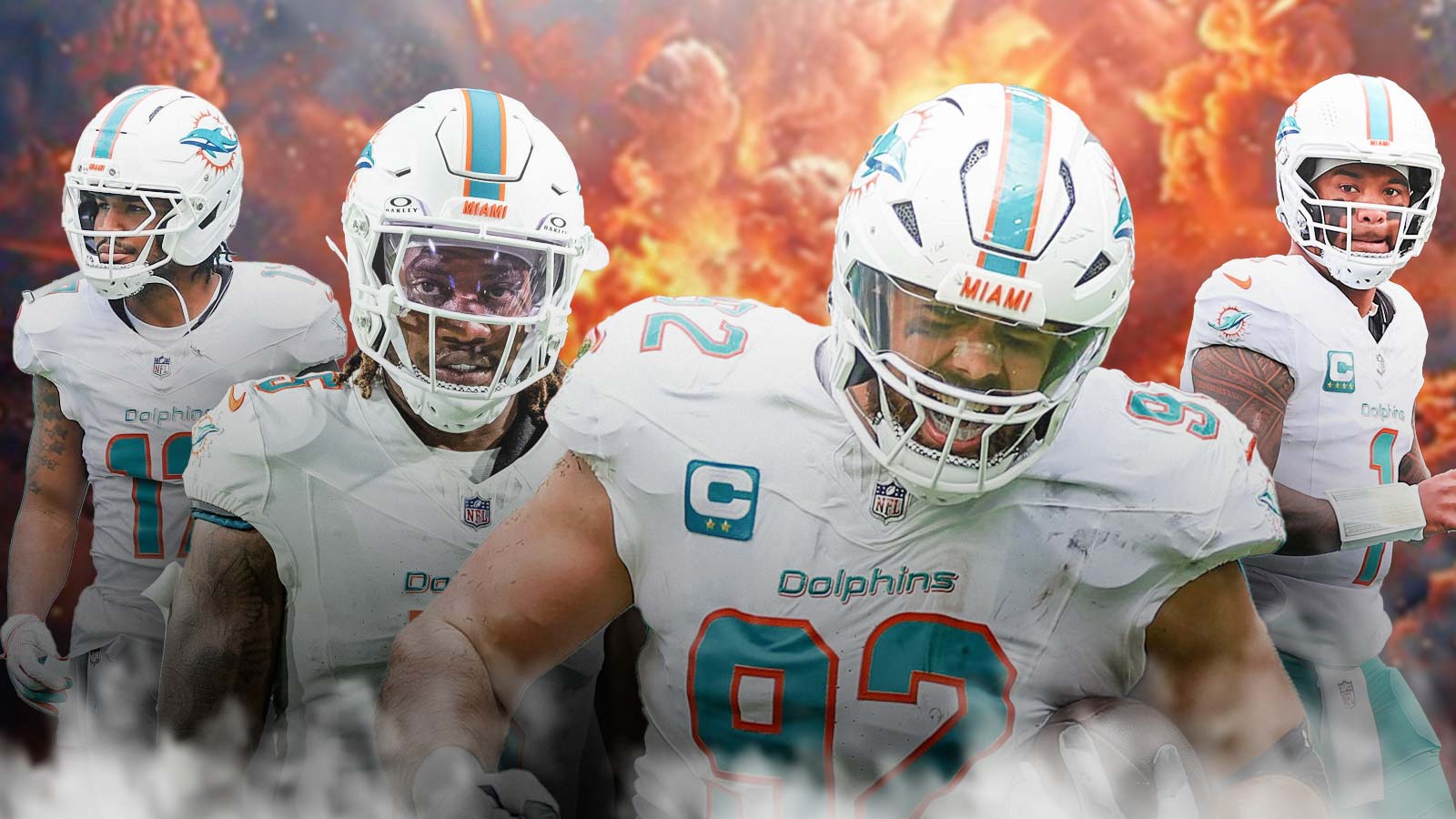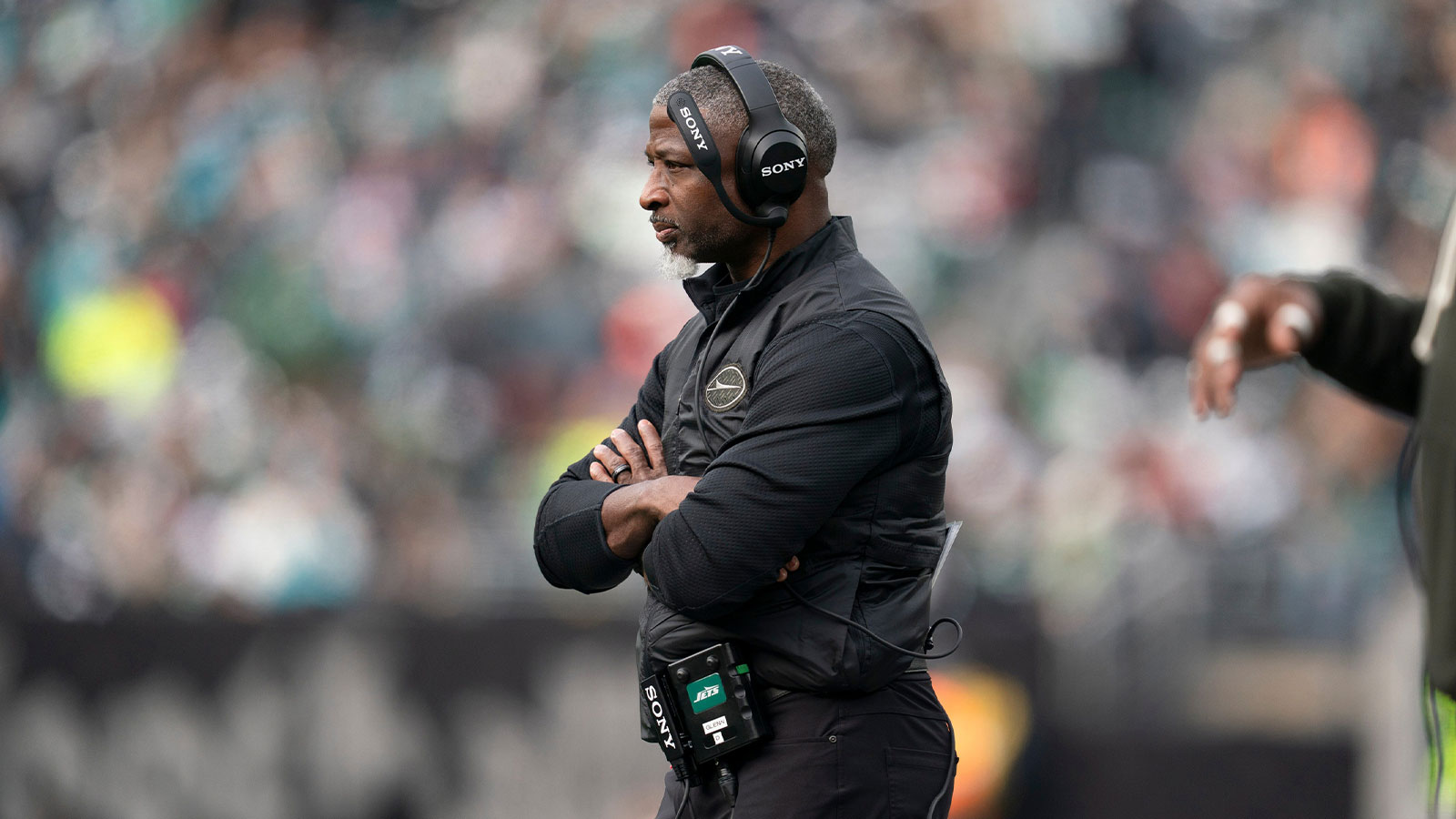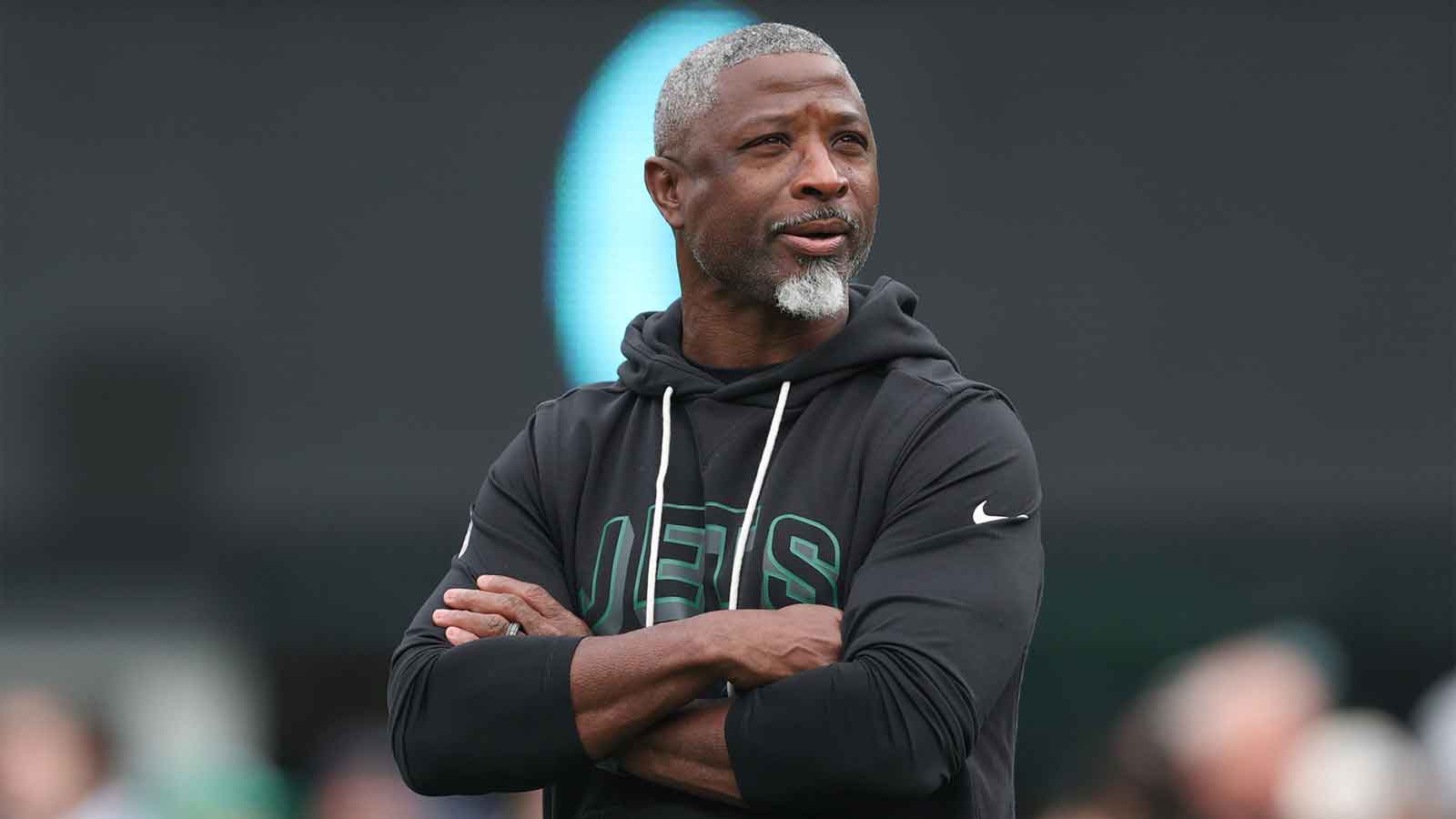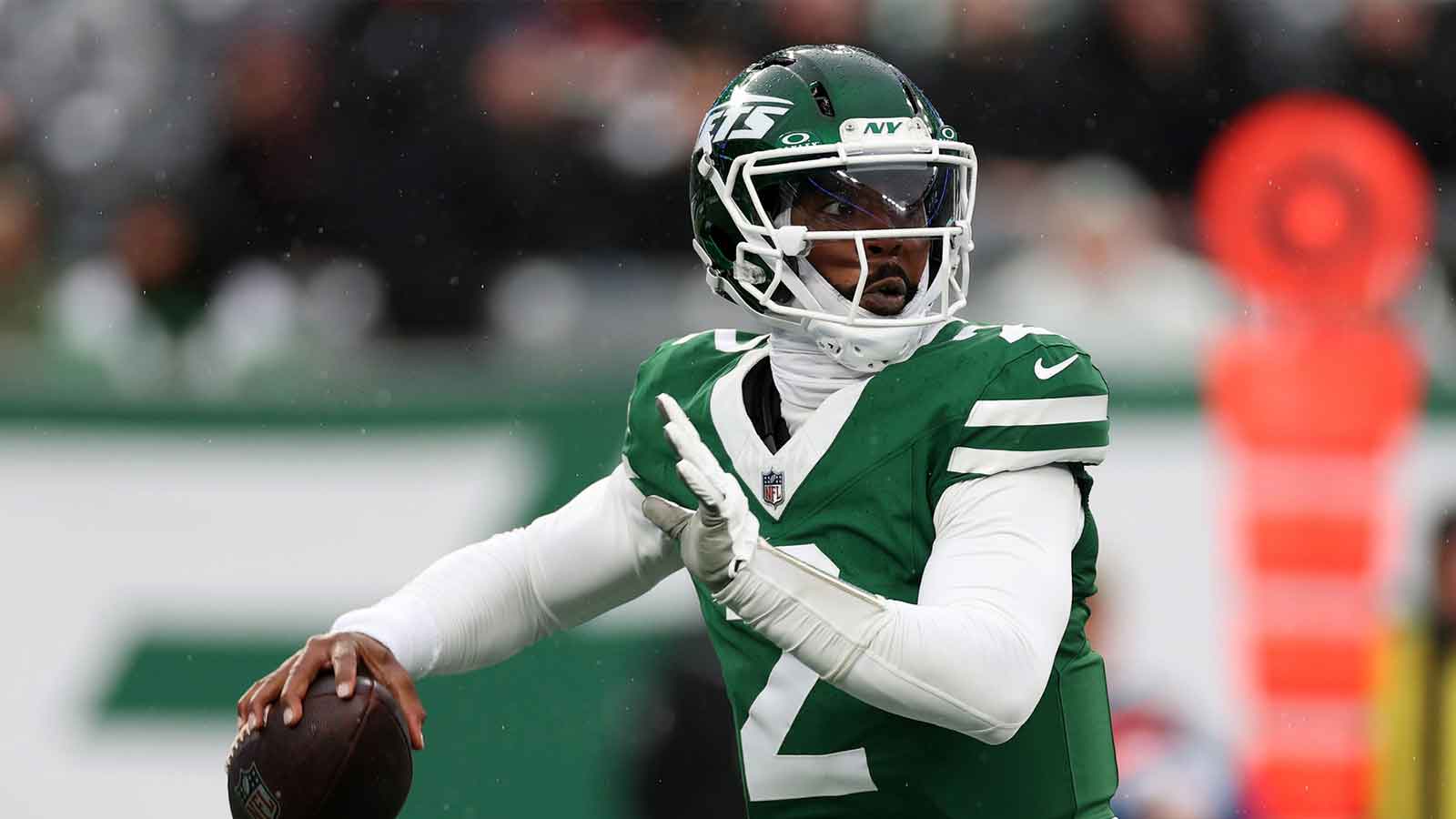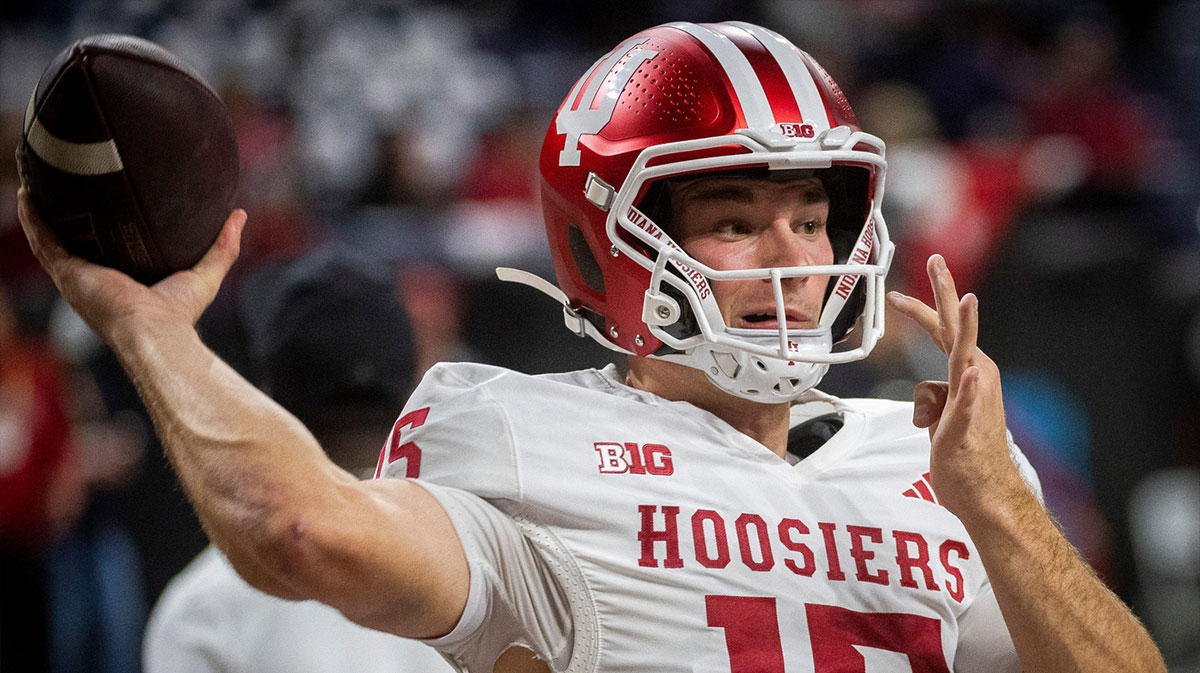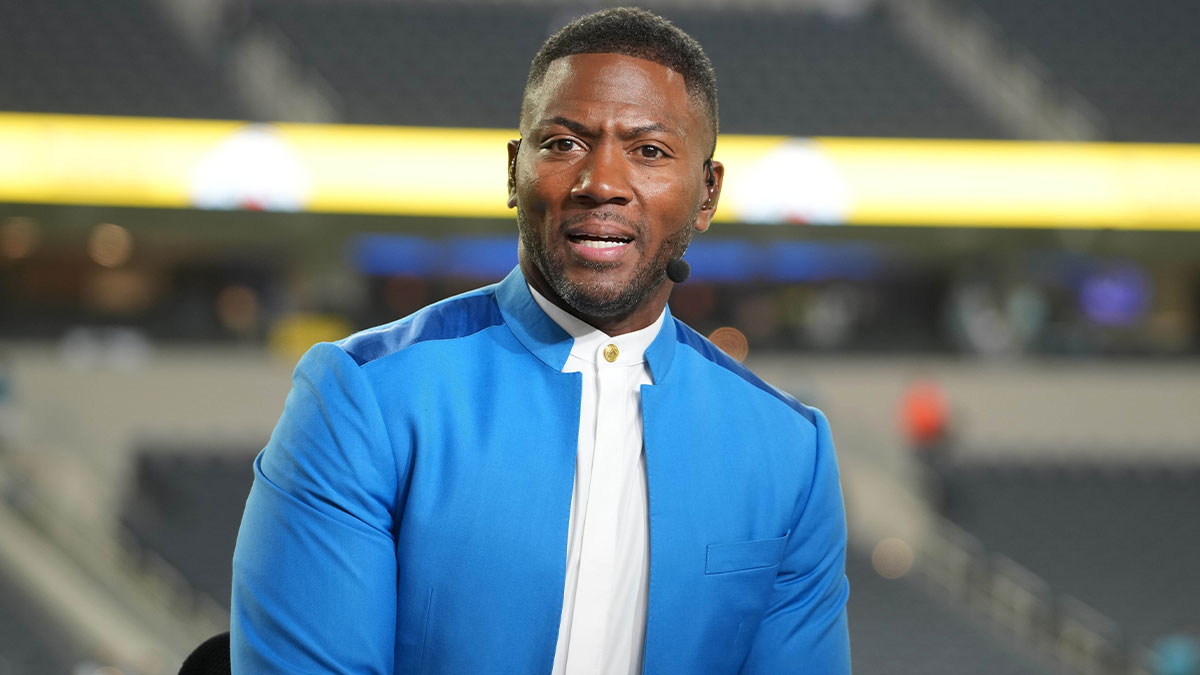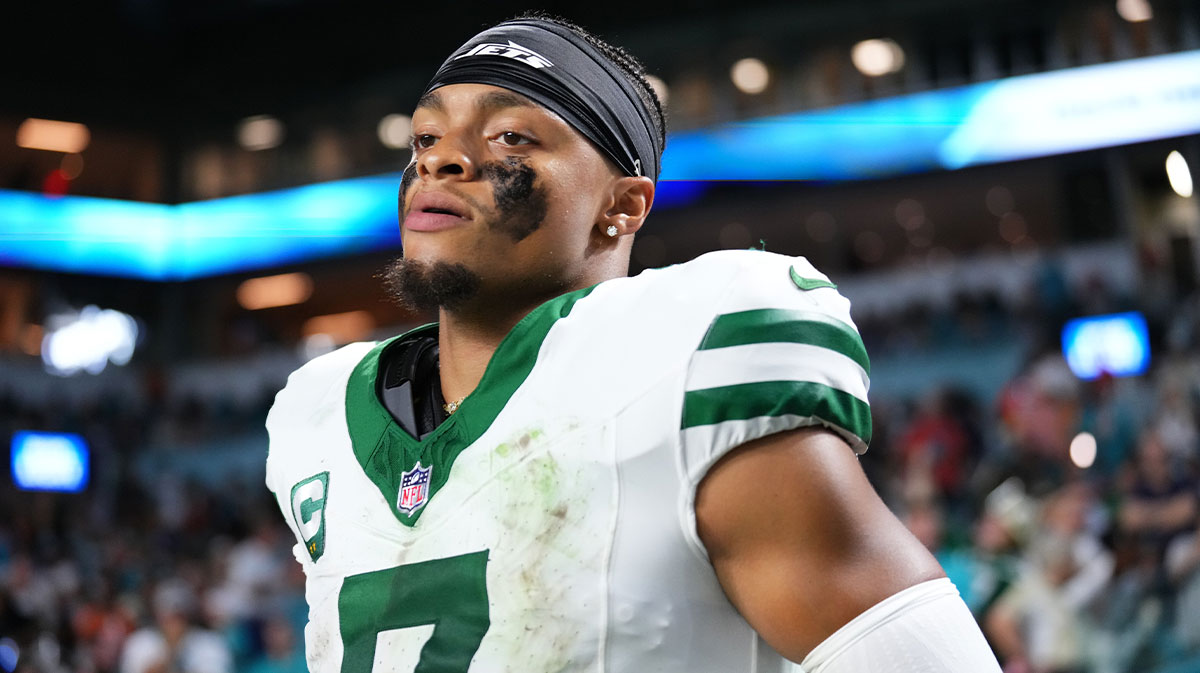Aaron Rodgers suffered a torn achilles tendon just four plays into his first game with the New York Jets.
Expectations were high for the Jets after the acquisition of the future Hall of Fame quarterback. For years, the Jets have had one of the best defenses in the NFL, but they haven't been able to advance to the playoffs because of subpar quarterback play.
A lot of that underwhelming play came from Zach Wilson, a former No. 2 overall draft pick and the Jets' predominant starter over the two previous seasons, who was supposed to be the team's backup quarterback this season after New York traded for Rodgers. Wilson hasn't flashed much in his young NFL career, but he was expected to learn under the guidance of a veteran like Rodgers. Now, with Rodgers being ruled out for the season, Wilson is being thrust back into action as the Jets' starter.
Backup quarterbacks don't have it easy. They see limited reps in practice before suddenly being counted on to lead their teams to victory. Wilson hasn't yet shown he is the guy who can guide the Jets to glory, but maybe he's has already absorbed enough information from Rodgers that he can reach the potential that New York saw in him two years ago as the team's new franchise signal-caller.
The Jets are counting on it, and Wilson's strong play wouldn't mark the weirdest time a backup quarterback found success over an extended peiod. Plenty of times throughout the history of the league, teams' seasons seemed doomed when their starter went down, but instead, the backup brought to the table exactly what the team needed.
New York, obviously, is hoping Wilson follows that blueprint. Here are the most successful backup QBs in the history of the NFL who were forced into action after their team's starter went down with injury.
Tom Brady, New England Patriots
The GOAT didn't come into the NFL as a highly touted prospect. He didn't even come into the league with a good chance of making the New England Patriots roster. Tom Brady started his NFL career as the 199th pick in the 2000 NFL Draft. He was initially listed at fourth-string on the Patriots' depth chart, and the team had to carry an extra quarterback just to avoid cutting the Michigan product. Brady climbed his way up the Patriots depth chart as a rookie, but he still was just a backup to starting quarterback Drew Bledsoe going into his second season.
During the fourth quarter of the second game of Brady's second season, Bledsoe took a vicious hit from Jets linebacker Mo Lewis that caused internal bleeding. While the veteran played the next series, Brady eventually subbed into the game for the Patriots' final series. This turn of events paved the way for Brady to not only start his first game in Week 3, but go on to start 333 games over the course of his 23-season career en route to becoming the most accomplished quarterback in NFL history.
Brady's move to starter not only paid off long-term, but it also worked out in his first year as a starter. After an 0-2 start with Bledsoe as the starter, Brady led the Patriots to an 11-3 record. They went on to win Super Bowl XXXVI – against another player on this list – starting Brady's dominance for the next two decades plus and run to seven total Super Bowl victories.
Brady went for 2,843 yards and 18 touchdowns his debut season as the starter, not great numbers in comparison to the rest of his career, but solid numbers for a guy who was never supposed to be in the position that he was in. The quarterback ended up with 89,214 passing yards and 649 passing touchdowns throughout the course of his career, both NFL records.
Kurt Warner, St. Louis Rams
Kurt Warner was the ultimate underdog. After playing at a small school like Northern Iowa and going undrafted, Warner was never supposed to be a starting quarterback in the NFL. He spent time on the Green Bay Packers offseason roster, in the Arena Football League and in NFL Europe. With an NFL career unlikely, he even spent time working at a grocery store. But Warner grinded his way through the ranks and excelled no matter where he was throwing the pigskin.
Eventually, Warner was afforded a shot on the St. Louis Rams roster. He spent the 1998 season as the third-stringer before becoming Trent Green's backup in 1999. In the 1999 preseason, Green suffered a torn ACL, putting the Rams into panic mode and forcing Warner into starting duty for the regular season. As it turned out, Warner was a superstar in-waiting. He orchestrated one of the greatest offenses ever, dubbed the “Greatest Show on Turf,” alongside Marshall Faulk, Isaac Bruce and Torry Holt, going from anonymous reserve to leading St. Louis to a victory in Super Bowl XXXIV.
The “Greatest Show on Turf” Rams became one of the most iconic teams in history. They became the first team to score 500 plus points in back-to-back-to-back seasons, and Warner went on to enjoy a Hall of Fame career. He won the MVP award twice, including that first year as the Rams' backup-turned-starter.
Nick Foles, Philadelphia Eagles
Carson Wentz was putting up an MVP-caliber season as the Philadelphia Eagles starting quarterback in 2017. His backup was Nick Foles, a journeyman quarterback who was on his fourth team in four years. The Eagles had Super Bowl aspirations, but those went out the door when Wentz suffered a torn ACL in Week 14.
Foles was able to secure a victory over the Los Angeles Rams after the starter's injury, clinching a division title for the Eagles. Still, things weren't looking bright for a team that was now going to have to adjust to life with a new pass-thrower. Foles was mediocre over his next three games as the starter, but his playoff run was the stuff of legends. Foles led a magical Philadelphia run to the Super Bowl that saw him throw for 971 yards and six touchdowns in the postseason.
The Eagles took Super Bowl LII 41-33 over Brady and the Patriots. Foles became the first player ever to throw for and catch a touchdown pass in the Super Bowl, as he famously was the recipient of the “Philly Special.” His four total touchdowns earned him the Super Bowl MVP.
Case Keenum, Minnesota Vikings
Case Keenum is best known for the “Minneapolis Miracle,” but it was a miracle the quarterback was even in the position to throw the legendary pass to Stefon Diggs that gave the Vikings an NFC Divisional Round victory.
Keenum was only a one-year contract with Minnesota in 2017, and his planned role was to be backup quarterback to Sam Bradford. When Bradford suffered an injury in the opener, it opened up the door for Keenum to start the majority of the season, beginning in Week 2. Keenum went on to lead the Vikings to an 11-3 record as the starter, finishing the season with 3,547 yards and career-high 22 touchdowns.
The “Minneapolis Miracle” was born when the Vikings were down to the New Orleans Saints with 10 seconds left in the NFC Divisional Round. Keenum threw a prayer to Diggs, who somehow avoided being tackled before running the ball into the end zone for a walk-off 61-yard touchdown.
Keenum left Minnesota in free agency that offseason, but his season with the Vikings is forever immortalized in history.
Jim Plunkett, Oakland Raiders
Jim Plunkett was first overall pick of the 1971 NFL Draft, but the start of his career didn't go as planned. After failed stints with the New England Patriots and San Francisco 49ers, Plunkett settled in as a backup on the Oakland Raiders. He held that role until the Raiders' starter, Dan Pastorini, broke his leg in 1980, thrusting the quarterback with only 15 pass attempts over the two previous seasons into action.
The incident revived Plunkett's career. Plunkett led Oakland to victory in Super Bowl XV as a starter, but in seasons to come, he was once again relegated to backup status. Whenever his number was called, though, Plunkett answered.
Like deja vu, he became the Raiders' starting quarterback in the 1983 season after starter Marc Wilson, leading Oakland to another Super Bowl win. While Plunkett was rarely the plan for the Raiders, he was always the answer.

